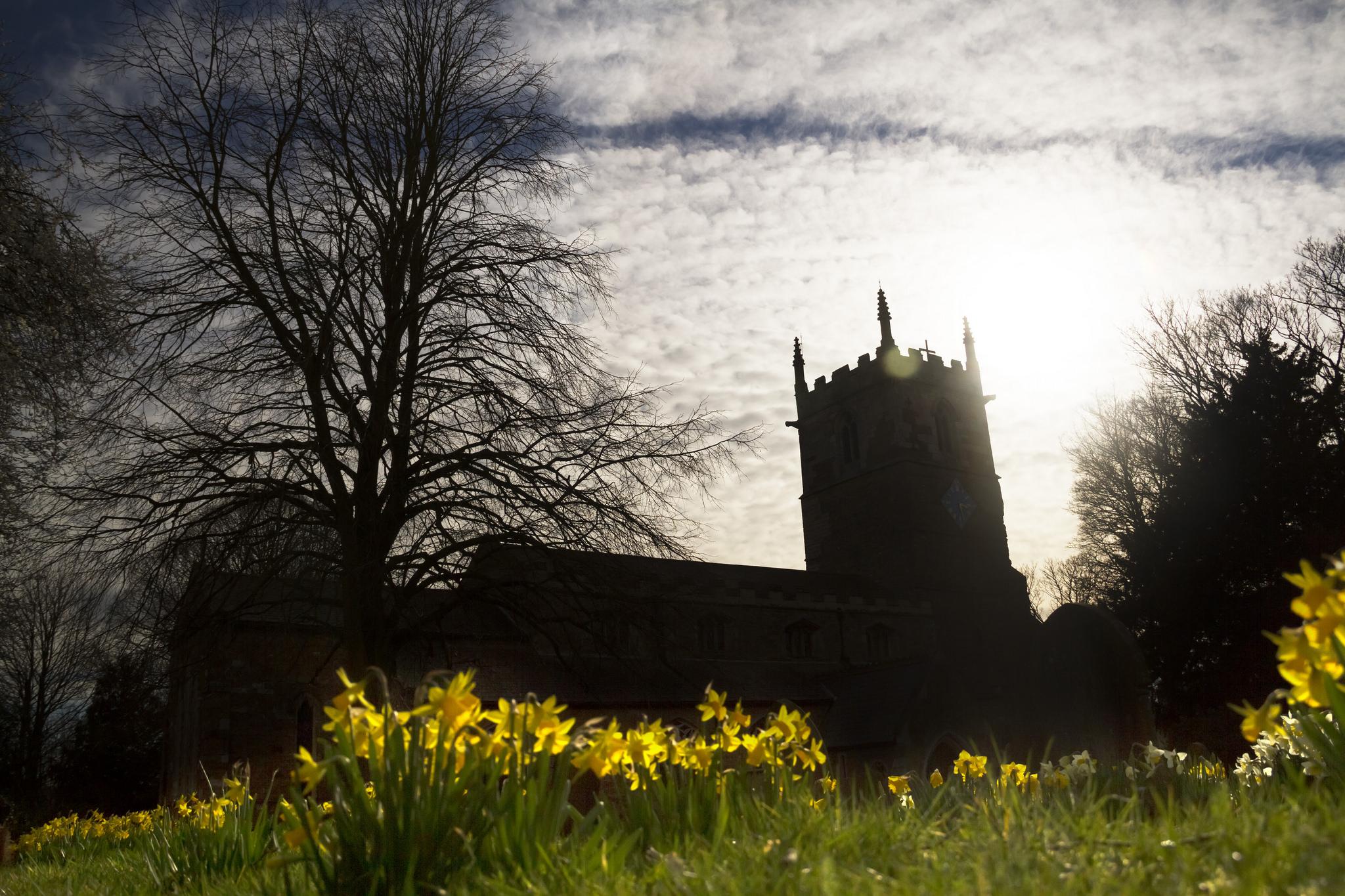Caistor Methodist Church
Caistor, Lincolnshire
A Victorian grade II listed building built in 1842; with pews, decorative ceiling rose and organ with pump handle.

Caistor is a historic hilltop market town with a tremendous history.
Caistor, Lincolnshire
There was an ancient British hillfort at this spot, with a Roman camp later occupying the same site and there are Roman remains throughout the town. There has been a church here since the 7th century, but the present church of St Peter & St Paul dates mainly from the 11th century onwards, though the lower part of the massive west tower is probably Saxon. According to a local tale, the apostle called Simon the Zealot came to Britain after Jesus's crucifixion. He ran afoul of the local Roman authorities and was crucified in or near Caistor on 10 May AD 61. Before entering the church through the Norman doorway take a look at the old sundial below the clock on the south side. There are many fine features worth seeing within the church. The nave with its beautiful south doorway with carved arches with nail head carving and splendid iron hinges is from the 13th century and replaces an earlier Norman nave. The clerestory and side aisles were added a century later and the chancel was rebuilt in the 19th century. The chancel was largely rebuilt in 1848 and restored in 1873. The reredos is from that date.
There are several effigies of knights set into arched tombs in the wall. There is also some fine stained glass, one depicts Christ with St Luke & St John. It was created by Burlison & Grylls in 1889. You can see a section of the original 4th century Roman wall on the southern boundary of the churchyard surrounding the parish church of St Peter & St Paul. This very fine medieval church has Saxon and early Norman work, and boasts a gad whip, a remnant of an ancient annual ceremony. The whip is 7 feet long and has a small purse of coins at the top. It is a reminder of a peculiar, perhaps unique, ceremony performed every Palm Sunday where the whip was cracked in the church porch, the held over the clergyman's head while he preached.
The town's attractive market square is a conservation area, in part because it is home to 56 listed buildings, most dating from the Georgian and Victorian periods. One such is Sessions House, built in 1662. Another is Caistor House in the Market Place, built in 1682. Look for the coats of arms to the Walpole and Wickham families on the building exterior. The Georgian flavour of the town centre is a result of a disastrous fire in 1681 that destroyed most of the town's medieval buildings. Beside the churchyard, on Fountain Street, is Syfer Spring, an ancient holy well that probably predates the Romans. The name comes from Old English meaning pure. The water flows out a brick wall and into a small pool. It used to flow on across the road to supply a brewery, but the brewery is now long gone.
Caistor, Lincolnshire
A Victorian grade II listed building built in 1842; with pews, decorative ceiling rose and organ with pump handle.
Cabourne, Lincolnshire
St Nicholas stands on a bend on the A46 and is easily missed, but if you stop you will find a surprisingly beautiful church with Saxon tower, grave markers, Norman font and other ancient features.
Clixby, Lincolnshire
Restored remains by the roadside.